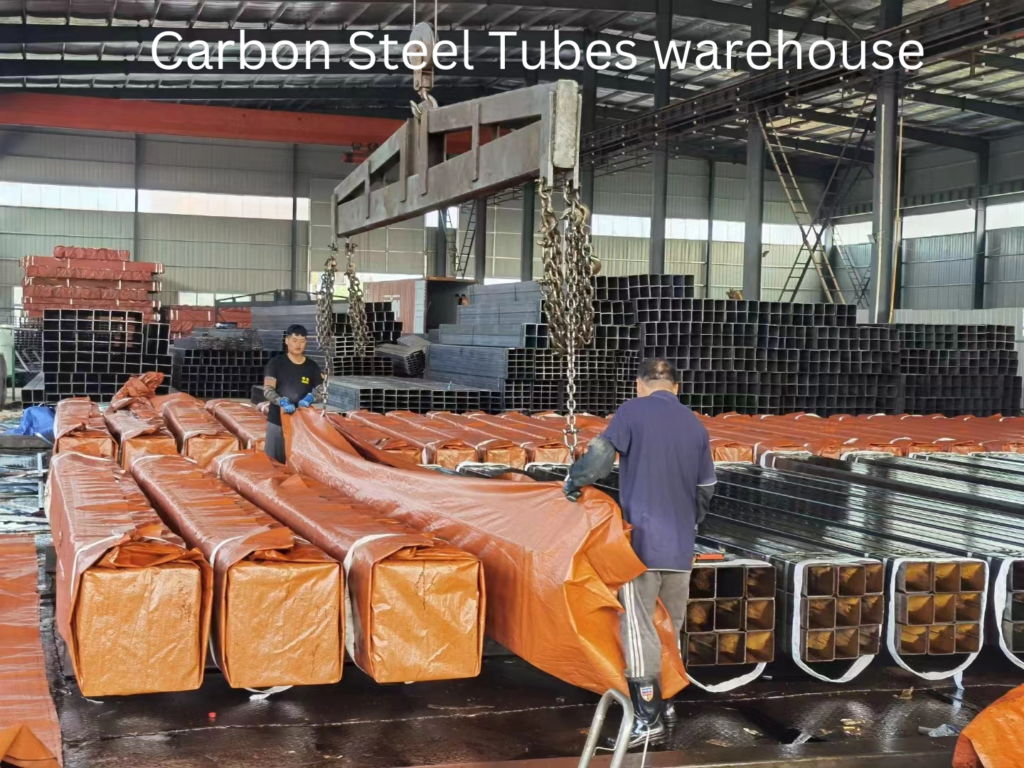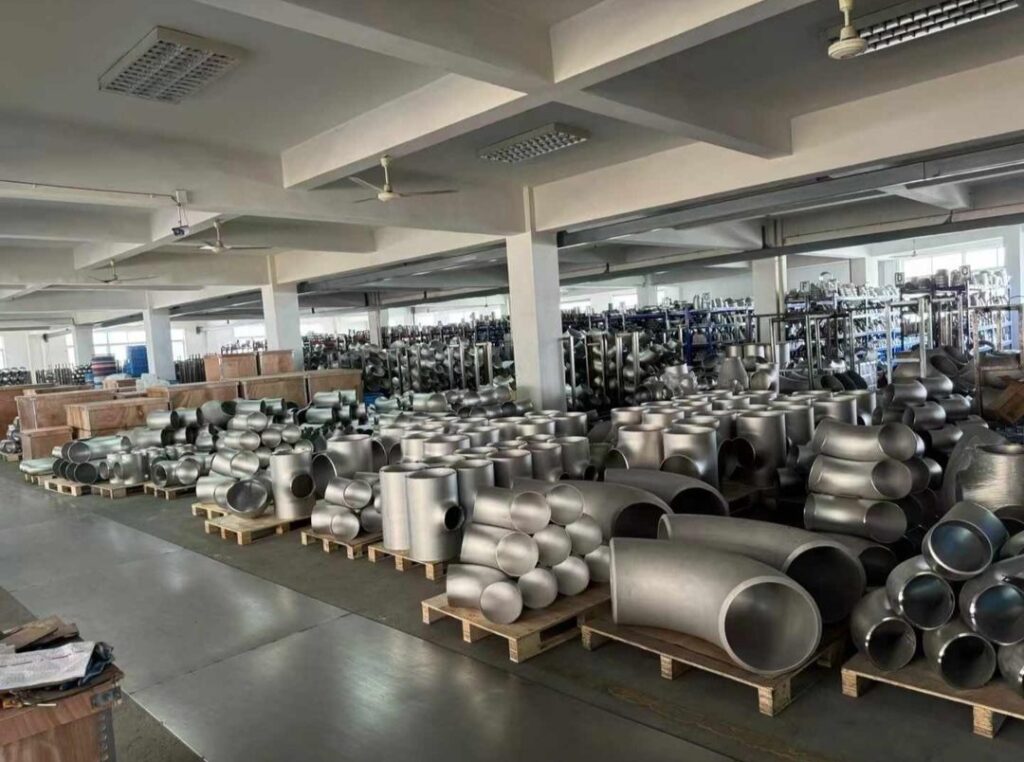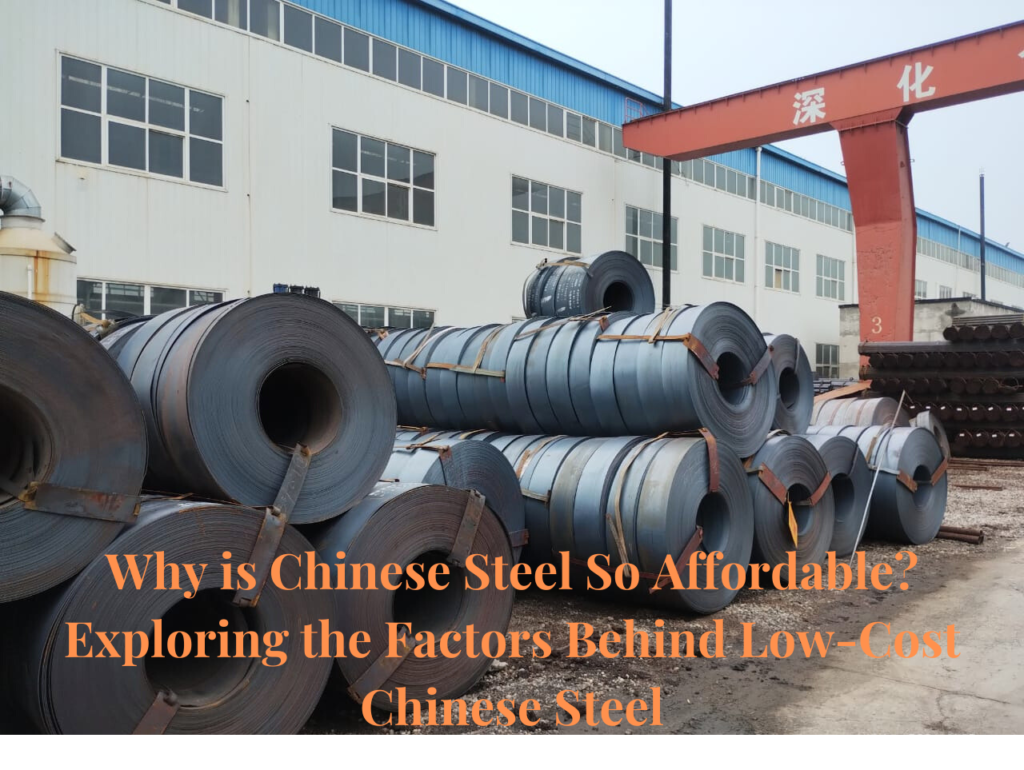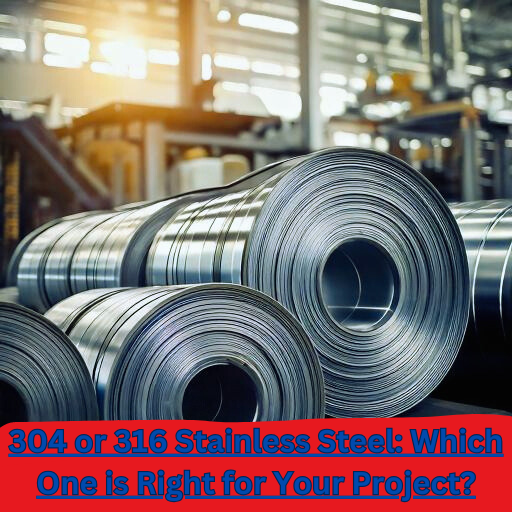Why Is Chinese Steel Cheaper? Understanding the Cost Advantage
Chinese steel is cheaper because of steel production capacity, cheaper labor cost, government policies and raw material sources and many such reasons. China, the world’s largest steel producer like carbon steel, stainless steel, aluminum is a major player in the global steel market. The Chinese steel export percentage is double that of Japanese steel although Japan ranks 2nd in global steel exports. A major feature of Chinese steel is that it is cheaper than steel from other countries. And, environmental regulations and compliance costs in China are also relaxed compared to western countries, which gives them the advantage of maintaining lower operational costs.
But, cheap steel also has an impact on the global market and quality standards. Sometimes the quality of Chinese steel can decline, which can affect durability and performance. Therefore, buyers have to strike a balance between cost and quality. Now we know some key factors which work to make Chinese steel cheaper.

1. Economies of Scale and Production Capacity of Chinese Steel
One major reason for Chinese steel being cheaper is their economies scale and high production capacity. According to the 2023 report, China alone produces almost 54% of the world’s steel which is more than half the global steel production. Due to such large production, their unit cost becomes very cheap.
Chinese steel plants employ very advanced and highly efficient machinery which focus on high quality output. Their continuous production line and automation increases the speed of production and also reduces the production cost. They have an established supply chain which efficiently handles raw materials such as iron ore and coal. Local sourcing and streamlined logistics also reduce transportation costs.
Another benefit of high production capacity is that they maintain cheap prices despite fluctuations in demand. When demand is low, they keep their production high, which creates oversupply in the global market and pushes prices down. China exported $68.99 billion steel in 2023.
Thus, the combination of economies of scale and high production capacity makes Chinese steel cheap and globally competitive.
2. Labor Cost Advantages
Another major reason for Chinese steel being cheaper is their labor cost advantage. Labor cost in China is globally cheaper, which significantly reduces the cost of steel production. There is no shortage of skilled and semi-skilled workers in the Chinese market and labor wages are also very low compared to developed countries. This reduces the operational cost of steel manufacturing.
Despite automation in the steel industry, there is still a need for labor, such as for plant maintenance, quality control, and packaging. Low labor cost helps Chinese steel manufacturers in low-cost production. China’s workforce maintains flexibility and high productivity, which further increases their competitive edge. The benefit of lower labor cost is directly passed on to the manufacturers, which is reflected in their export prices. This factor makes the price of Chinese steel competitive in the international market, which is attractive to global buyers.
3. Government Subsidies and Policy Support for Steel Products
The third major reason for Chinese steel being cheaper is the government subsidies and policy support that steel manufacturers get. The Chinese government considers the steel industry to be in strategic sectors, which are important for its economic growth and infrastructure development. This provides manufacturers with various kinds of financial and policy-based support.
Through subsidies, steel producers are given discounts on raw materials such as iron ore and coal, and energy costs are also subsidized. Low-interest loans and tax rebates reduce their operational and financial burden. These subsidies significantly reduce production costs, which makes Chinese steel competitive in the global market.
Subsidies given for export also make Chinese steel cheaper. These subsidies give a discount on VAT like steel is subjected to 13% VAT but when you export the same steel, 7% VAT is rebated to the manufacturer. These subsidies artificially lower steel prices in the international market, which is attractive to buyers. At the same time, relaxed environmental regulations and compliance costs also keep manufacturers’ expenses in check.
Due to these government policies and subsidies, China’s steel industry creates an oversupply, which pulls down global prices.
4. Lower Environmental and Regulatory Costs
The 4th important reason for Chinese steel being cheaper is its lower environmental and regulatory costs. Environmental regulations in China are relatively relaxed compared to developed countries, which reduces manufacturers’ operational costs. Steel production is an energy-intensive and pollution-prone process, but industries in China are less under the pressure of strict compliance and penalties.
Pollution control measures, such as advanced filtration systems and waste management, are quite expensive. But Chinese steel manufacturers invest less in implementing these measures or operate on basic standards. This significantly reduces their production costs. Also, complying with international standards for carbon emissions and greenhouse gases is not a priority for them, which leads to further cost savings.
The government’s focus is on more steel output and economic growth, due to which regulatory frameworks are producer-friendly. Energy subsidies and low compliance costs give them a competitive edge, which makes their steel cheaper in the global market.
5. Currency Devaluation
The 5th big reason for Chinese steel being cheaper is its currency devaluation. The Chinese government keeps the value of its currency yuan low in comparison to other international currencies. Due to the decrease in the value of currency, Chinese exports become cheaper for international buyers.
The effect of devaluation is that steel producers get help in keeping their export prices lower, but it does not affect their domestic costs. This tactic makes Chinese steel more competitive in the global market and their exports increase significantly.

6. Streamlined Supply Chains
The 6th important factor why Chinese steel is cheaper is its streamlined supply chains. China’s steel industry operates with a well-integrated system in which the raw material sourcing, production, and distribution processes are highly efficient. This integration significantly reduces production costs and is time-saving.
China has a strong domestic supply of essential raw materials, such as iron ore and coal, which reduces transportation and import-related costs. In addition, China’s advanced logistics infrastructure, such as railways, ports, and highways, ensures fast and cost-effective movement of raw materials and finished products.
The close proximity of steel plants and allied industries further streamlines the supply chain, without delays in material handling and processing. This efficiency gives them the ability to deliver high production volumes to market quickly.
In addition, Chinese manufacturers use bulk shipping and advanced warehousing systems, which further reduce distribution costs. The result is that Chinese steel is low-cost and easily accessible in the global market. Streamlined supply chains play a major role in their cost-competitiveness and market dominance.
7. Aggressive Pricing and Export Strategies
The 7th major reason for Chinese steel being cheaper is its aggressive pricing and export strategies. China’s pricing approach is strategic as it captures its market share in the global market. Chinese steel producers deliberately lower their export prices in order to outprice foreign competitors. In this approach they keep their margins low but still gain customers.
China over-supply its steel production, which drives down steel prices in the global market. Through bulk exports and low shipping costs, China delivers its steel products worldwide. Chinese exporters use aggressive marketing and long-term contracts, in which discounts and flexible payment terms are offered. These strategies help them enter and dominate new markets. But, these aggressive tactics impact local industries and global price stability, which is a concern.
8. Access to Cheaper Steel Raw Materials
The 8th major reason for Chinese steel being cheaper is their access to cheaper raw materials. The essential raw materials for steel production, such as iron ore and coal, are available in large quantities with China. This local sourcing significantly reduces transportation and import costs, which makes production cost-effective.
China also imports its raw materials in bulk quantities, which allows them to negotiate lower prices. Their established trade relations and government-backed deals make raw material sourcing more economical.
China’s steel plants are advanced and efficient, which make optimal utilization of raw materials and minimize waste. These factors keep their production costs low, which ensures competitive pricing in the global market. Access to cheaper raw materials makes a significant contribution to the cost advantage of Chinese steel.
Conclusion: The Price of Chinese Steel Comes with Trade-offs
Chinese steel has a clear cost advantage, driven by many factors such as large-scale production, low labor and regulatory costs, government subsidies, currency devaluation, and efficient supply chains. But it is also important to understand that cheaper steel is not always better steel. Some buyers have raised questions on the quality and reliability of Chinese steel, and in sectors where stringent quality standards are mandatory, higher-cost steel from other regions is preferred.
Understanding why Chinese steel is cheaper helps buyers make informed choices based on their specific needs, quality requirements, and budget. As China evolves its steel industry and environmental policies, it will be interesting to see how the price dynamics of Chinese steel will change in the future.



